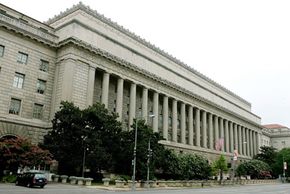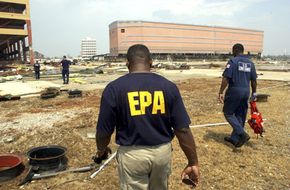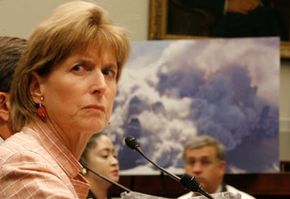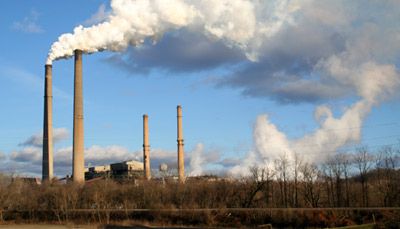Protecting the environment seems to be on everyone's mind these days. Constituents encourage their representatives to propose carbon legislation. Grassroots environmental groups protest polluters. Average citizens concerned with global warming take simple measures to reduce their carbon footprints. But only one organization has the ability to establish and enforce the environmental policy of the United States: The Environmental Protection Agency (EPA). The EPA exists to protect human health and the environment.
Headquartered in Washington, D.C., with 10 regional offices around the country, the EPA creates and enforces regulations that enact environmental legislation. So while Congress sets environmental laws like the Clean Air Act, it's up to the EPA to determine how the United States will reach the goals laid out by the legislation. The agency delegates some of its permit-issuing and policy enforcement responsibilities to states and American Indian tribes.
Advertisement
An administrator, who answers directly to the president of the United States, governs the EPA. The administrator works with a deputy administrator and more than a dozen staff offices. The staff offices function like departments and handle issues like environmental appeals, administrative law, homeland security and public affairs.
The EPA is also one of the premier sources of environmental data in the United States. Its labs monitor the quality of water, air, land and human health to set national standards and keep track of programs' progress. Much of the information is public, creating an enormous cache of environmental records. To maximize its research potential, the agency gives grants to states, nonprofits and educational institutions for fellowships and environmental programs.
In this article, we'll learn how the EPA came to be established and explore some EPA programs and controversies.
Advertisement




